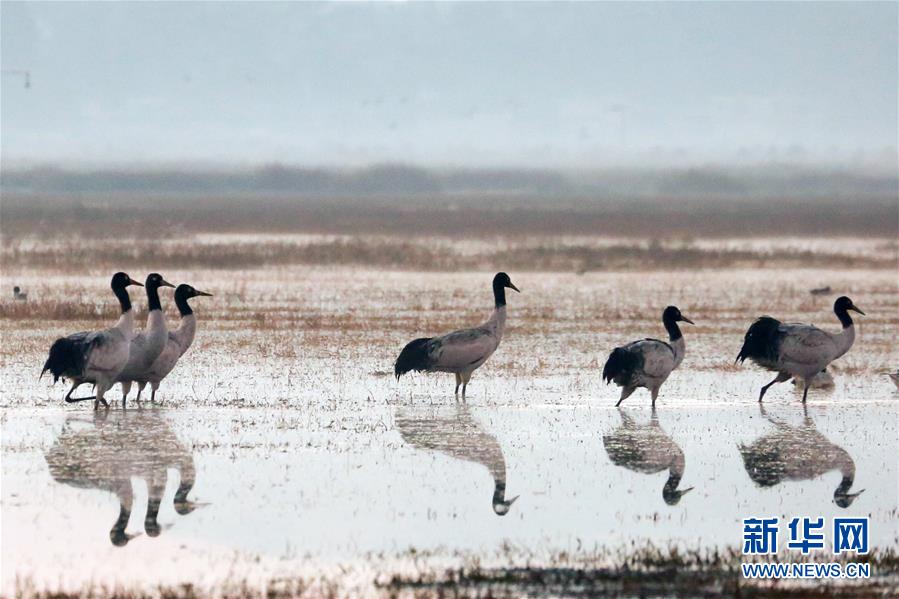【】
A huge bloom of phytoplankton in the North Sea swirls in photos taken by satellites orbiting Earth.
One image, taken on June 12, shows a springtime bloom east of the Shetland Islands in natural color as seen by the Landsat 8 satellite.
{ cardId: 48540}
A second, wider photo taken by NASA's Aqua satellite shows the larger context for the plankton bloom a day later.
"Spring blooms are common here, and also in areas of the North Atlantic west of this image," NASA's Earth Observatory said in a statement.
 The wider context for the North Sea phytoplankton bloom.Credit: Aqua/MODIS/nasa
The wider context for the North Sea phytoplankton bloom.Credit: Aqua/MODIS/nasaPhytoplankton are plant-like microscopic organisms that grow through photosynthesis, and they are prolific in Earth's oceans. They produce oxygen that is released into the air, while also serving as a key food source for marine life.
As sunlight hits the upper parts of the ocean where these microorganisms live, huge blooms can grow in seas and lakes around the world.
The microorganisms occupy the base of the food chain for some whales, jellyfish, shrimp and other sea-dwelling creatures, but some blooms can be toxic when certain nutrients are available, potentially harming any animals that feed on it, according to the National Oceanic and Atmospheric Administration.
This is far from the first time scientists have caught sight of phytoplankton blooms from space.
 A North Atlantic bloom of phytoplankton in 2012.Credit: nasa/modis/aqua
A North Atlantic bloom of phytoplankton in 2012.Credit: nasa/modis/aquaIn 2012, for example, the Aqua satellite watched as a phytoplankton bloom grew and then dissipated over the course of a few weeks.
More recently, British astronaut Tim Peake captured a phytoplankton bloom off the coast of Patagonia in April, tweeting a photo of the beautiful swirls.
Have something to add to this story? Share it in the comments.
相关文章

Hiddleswift finally followed each other on Instagram after 3 excruciating days
On Aug. 13, 1961, Germany began construction of the Berlin Wall, perhaps the greatest symbol of the2025-12-14
FTC must end Facebook monopoly, says Communications Workers of America
Facebook may have grown to a point where it's too big for its own good. Or anybody's, for that matte2025-12-14
HTC's blockchain phone Exodus will come with CryptoKitties in three months tops
HTC would like us to know that it's not kidding about that blockchain phone. Originally announced in2025-12-14
Keri Russell may be joining the cast of 'Star Wars: Episode IX'
If you're a big fan of TheAmericans, you're gonna love this. Variety is reporting that Keri Russell2025-12-14
Airbnb activates disaster response site for Louisiana flooding
Airbnb has activated its disaster response page following the record-breaking flooding in Louisiana.2025-12-14
England fans storm London IKEA after World Cup win over Sweden
English sportsmanship: Assembly will definitely be required. Rowdy (translation: terrible) fans cele2025-12-14

最新评论